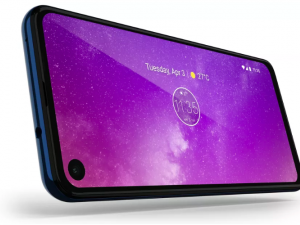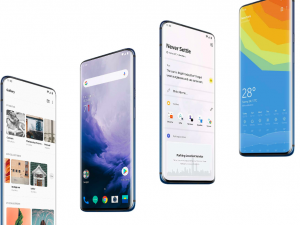Samsung Is Making Two More Folding Phones
Damien McFerran 07/03/2019 – 10:58pm
It's also looking into solving folding screen issues
The Galaxy Fold arguably stole the show at this year's MWC, but it's not the only folding phone that Samsung has in development, according to a report from Bloomberg.
The publication is saying that Samsung has two other folding handsets in the works, both of which take a different approach to the Fold, which has a folding screen on the inside and a secondary display on the outside, so it can be used when the phone is closed.
Bloomberg is reporting that Samsung has a clamshell device in the works which will most likely go up against the heavily-rumoured Motorola Razr revival. This design will almost certainly have to factor in a second, smaller screen on the outside of the phone, just like the Fold, so it's more of a design modification on that phone.
However, the second phone Samsung has in development is perhaps a little more interesting; taking the lead of Huawei with its Mate X – the only phone which could challenge the Galaxy Fold at this year's MWC for pure media attention – it will have a screen which wraps around the outside of the device when it's folded. This means it can be thinner, as there's no need for a second, external display. Samsung is apparently trying to include an ultrasonic fingerprint scanner on the screen itself.
Bloomberg's report also includes some interesting insights into the challenges of creating folding screens in smartphones. Sources have claimed that after 10,000 folds, a crease develops in the middle of the screen. If you open your device around 100 times a day, then you could expect to see this crease around three months into your ownership. Little wonder, then, that Bloomberg is also reporting that Samsung has plans to offer free screen replacements for the Galaxy Fold.
While folding phones are clearly big news, no one really knows how the general public is going to respond to these expensive devices when they start hitting the market in earnest this year. Will the casual user be happy with a £2,000 product which develops visual wear-and-tear effects after 90 days?




